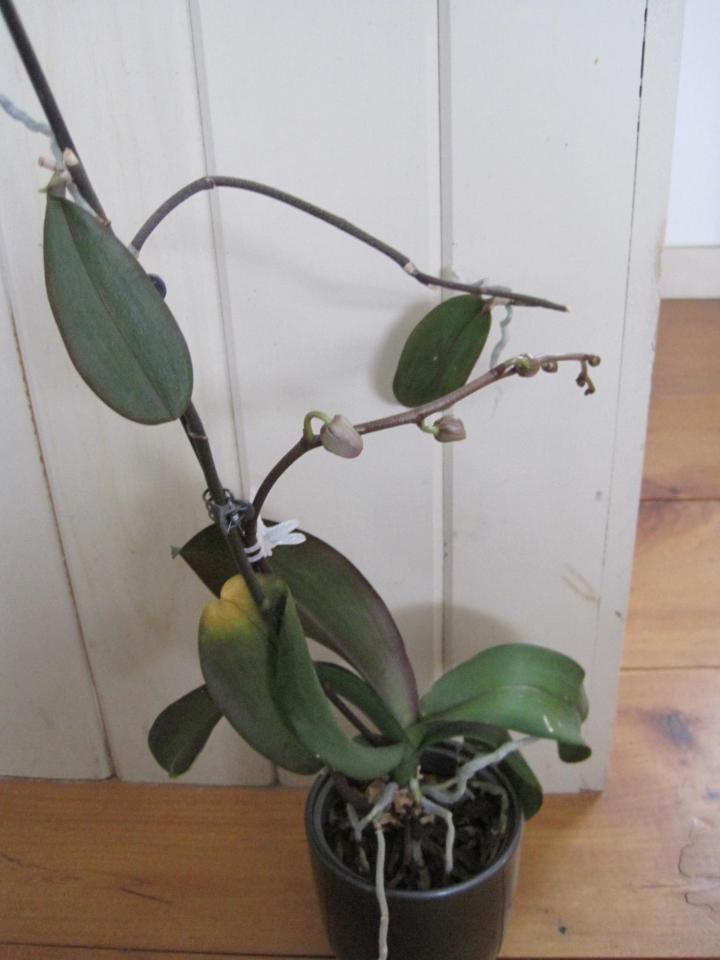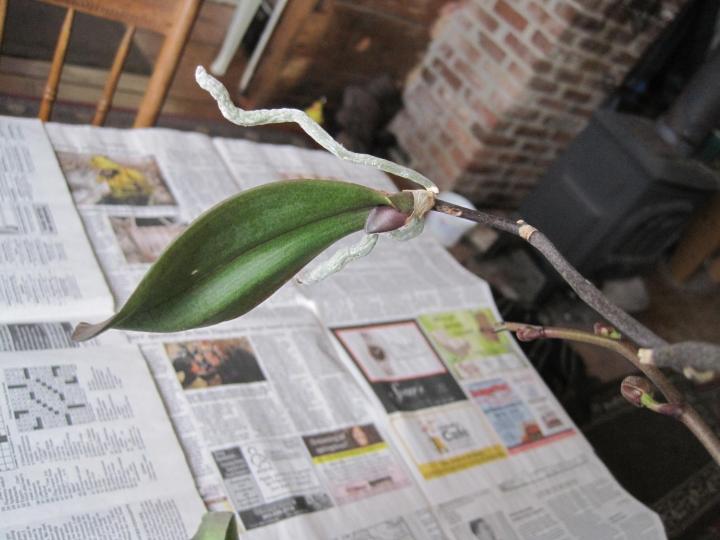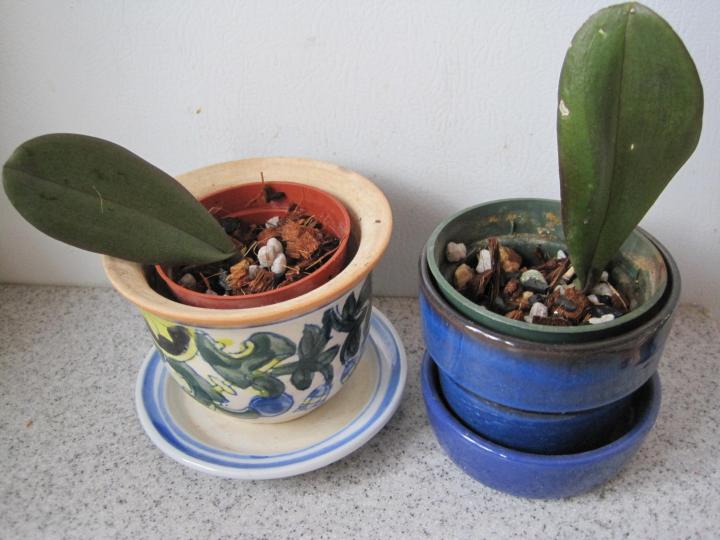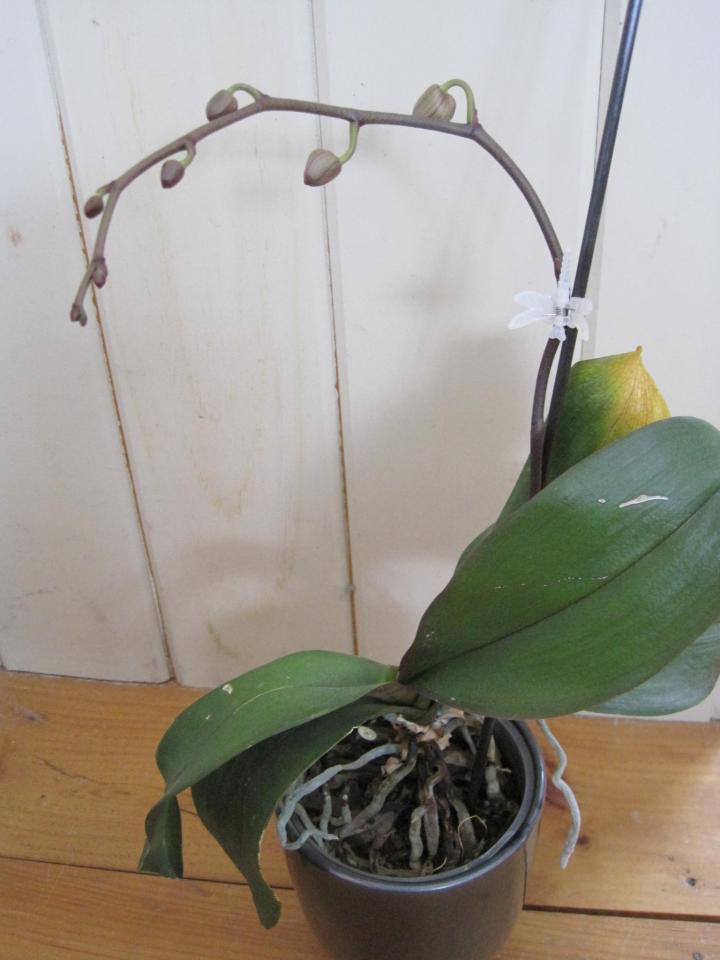
How to remove and repot an orchid keiki (offspring)
ADVERTISEMENT
Thank you for posting this information. I was told long ago to leave them there and they died along with the mother plant. Hope this will save 3 little ones and the parent plants. Many thanks,
Happy New Year‼️
my phalaenopsis is growing a healthy baby but the stalk is trying to die. I use cut the yellow parts and cover the area with cinnamon. What should I do to save the baby? I'm afraid to re pot the plant because everything else seem to be going great.
Orchid midwifery can be difficult! I would leave the baby on the mother plant as long as possible, until the stalk is truly dead. If the baby has not formed any roots of its own at that point you can try cutting it off with a small section of the stem still attached and planting that in some moist sphagnum moss. Or maybe wrap moist sphagnum around the base of the baby while the stem is still attached to the mother plant - like air-layering. That might encourage it to root. Good luck!
Hello I currently have a baby clone growing off the flower stalk of one of my phals , it has been growing for maybe 8 months. When it was maybe four months old it grew a flower right out of the center of it. I have pictures. Now, it being only 8 months old it has decided to grow a flower spike. I don’t understand this clone but it sure is doing things I have never seen before. Any thoughts? Also do you agree I should leave it on the mother plant till the flowers are gone?
I was moving my phalaenopsis and a baby fell off. There's no stem to speak of but it's healthy with several aerial roots, two of which are close to the bottom. I'm going to try what you suggested, never having done this before, and pray that the plant likes it's new home. Hadn't thought of putting it in a plastic bag. Will do that too. Fingers crossed!
I really like and enjoying your service. I need help about the information on how to plant and arrange my orchid garden flower
Thank you, a very informative article. I'm hoping my orchid will have babies.














